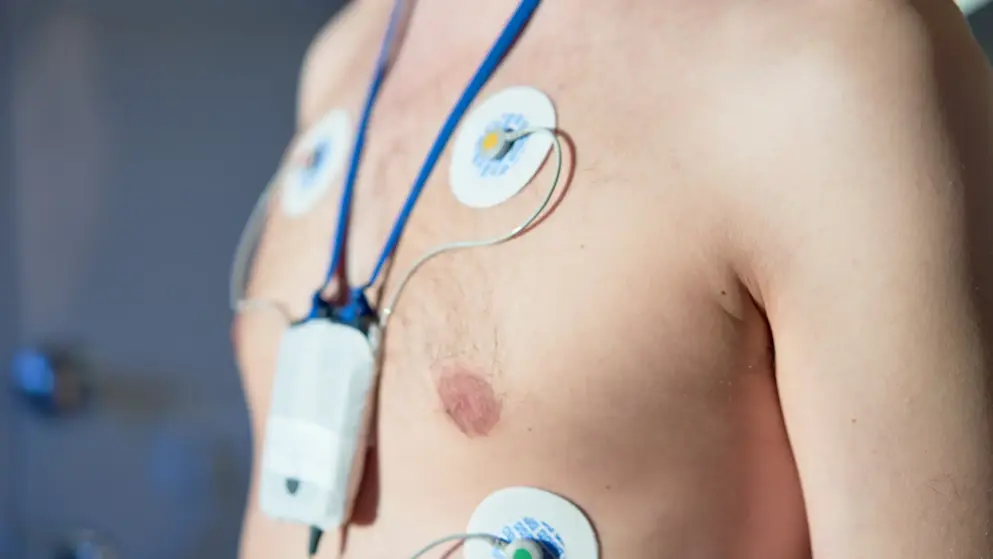
Atrial Fibrillation
Atrial fibrillation (AF) is the most common type of arrhythmia, characterised by rapid and irregular beating of the atrial chambers of the heart. As a result, the heart can no long pump as much blood around the body, which leads to a wide range of symptoms, disease patterns and co-morbidities.
These symptoms can include heart failure, myocardial infarction, stroke or haemodynamic collapse. Even when no symptoms arise, asymptomatic AF can cause irreversible remodelling. These structural or function changes can perpetuate the arrhythmia and make it progressively difficult to treat.
A further concern with AF is also the increased potential of developing blood clots in the upper chambers of the heart. These clots can circulate to other organs causing blocked blood flow and damage. This makes early detection and effective treatment essential.
Treatment primarily focuses on preventing circulatory instability, stroke and other ischemic events. Circulatory instability can be reduced by controlling heart rate or rhythm while stroke risk is reduced through anticoagulation therapy.
Abnormalities or damage to the heart are the most common causes of AF, these can include hypertension, coronary heart disease, heart failure or a heart valve problem as well as various types of medication and surgery.
The causes of arrhythmia are varied and can include diabetes, heart attack or coronary heart disease. They are associated with a large range of conditions and can be classified by their site of origin, mechanism of disturbance, rate of disturbance and electrocardiogram appearance.
Arrhythmias can be acute or chronic and can either be asymptomatic or present with a range of symptoms including dizziness, breathlessness, and palpitations. Asymptomatic arrhythmias can be associated with an increased risk of adverse events such as a higher risk of blood clotting, heart failure, and stroke.
The type and severity of the arrhythmia will determine which treatment is used. In some people no treatment is necessary. For others, treatments can include lifestyle changes, medication (such as antiarrhythmic drugs and anticoagulant therapy), and surgery.
Independent, grant-supported education for atrial fibrillation
of interest
are looking at
saved
next event


